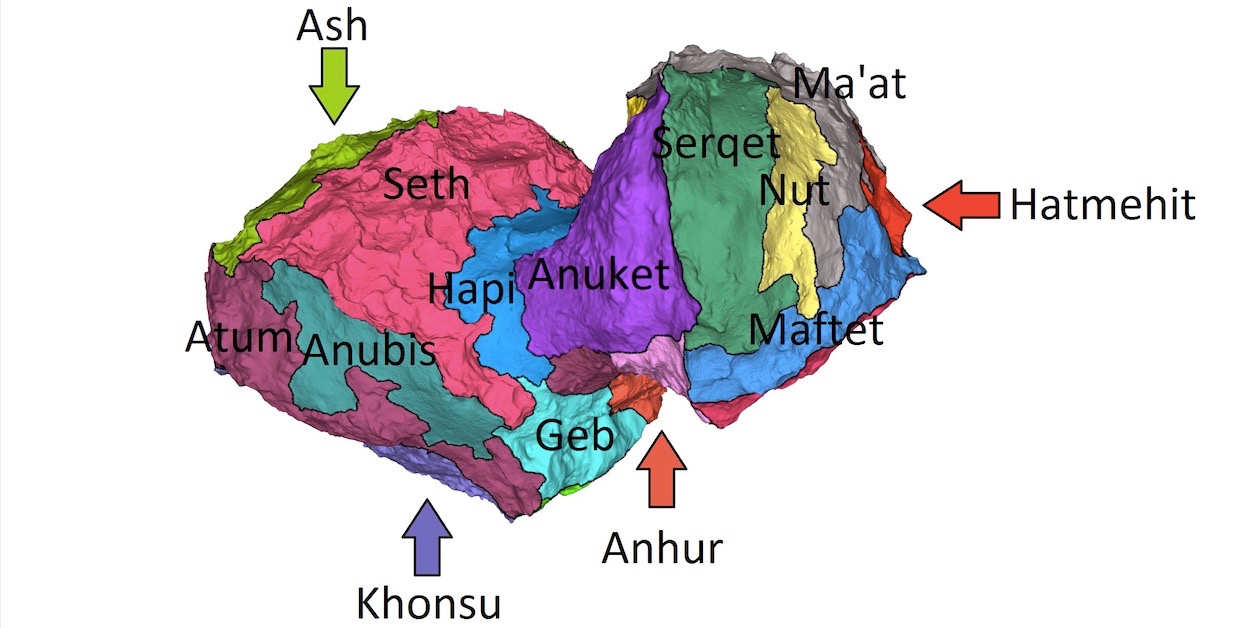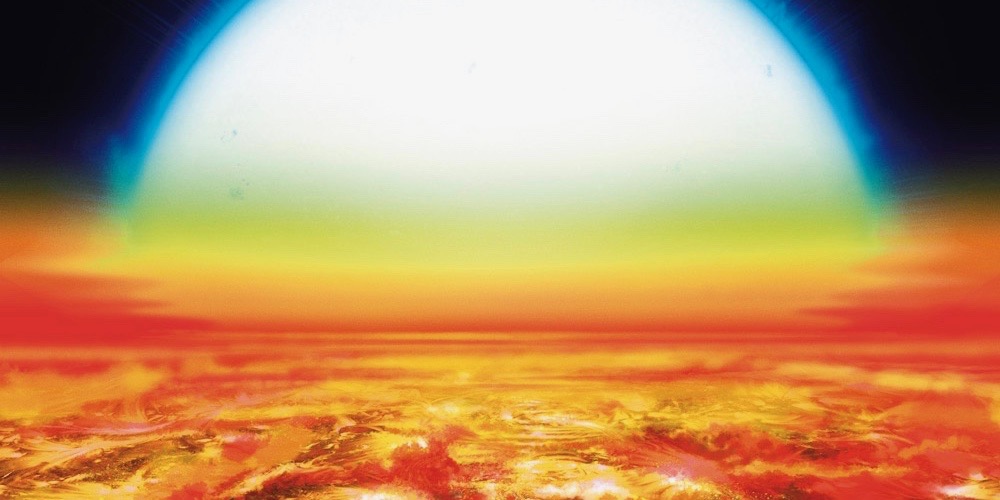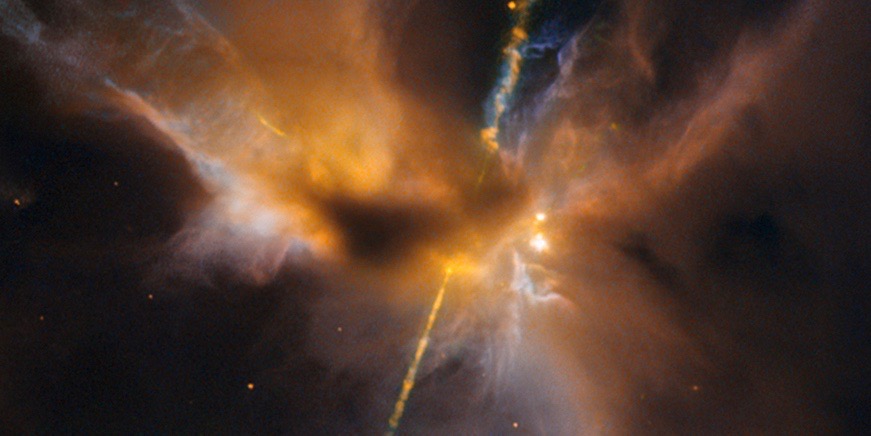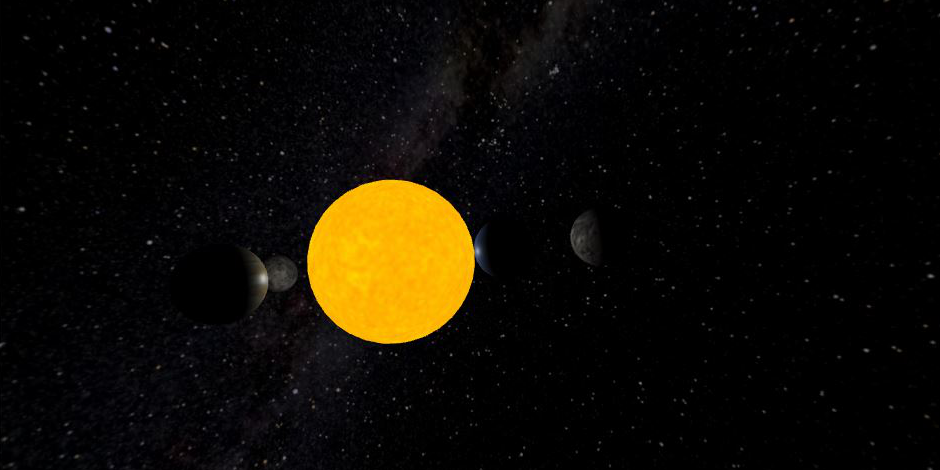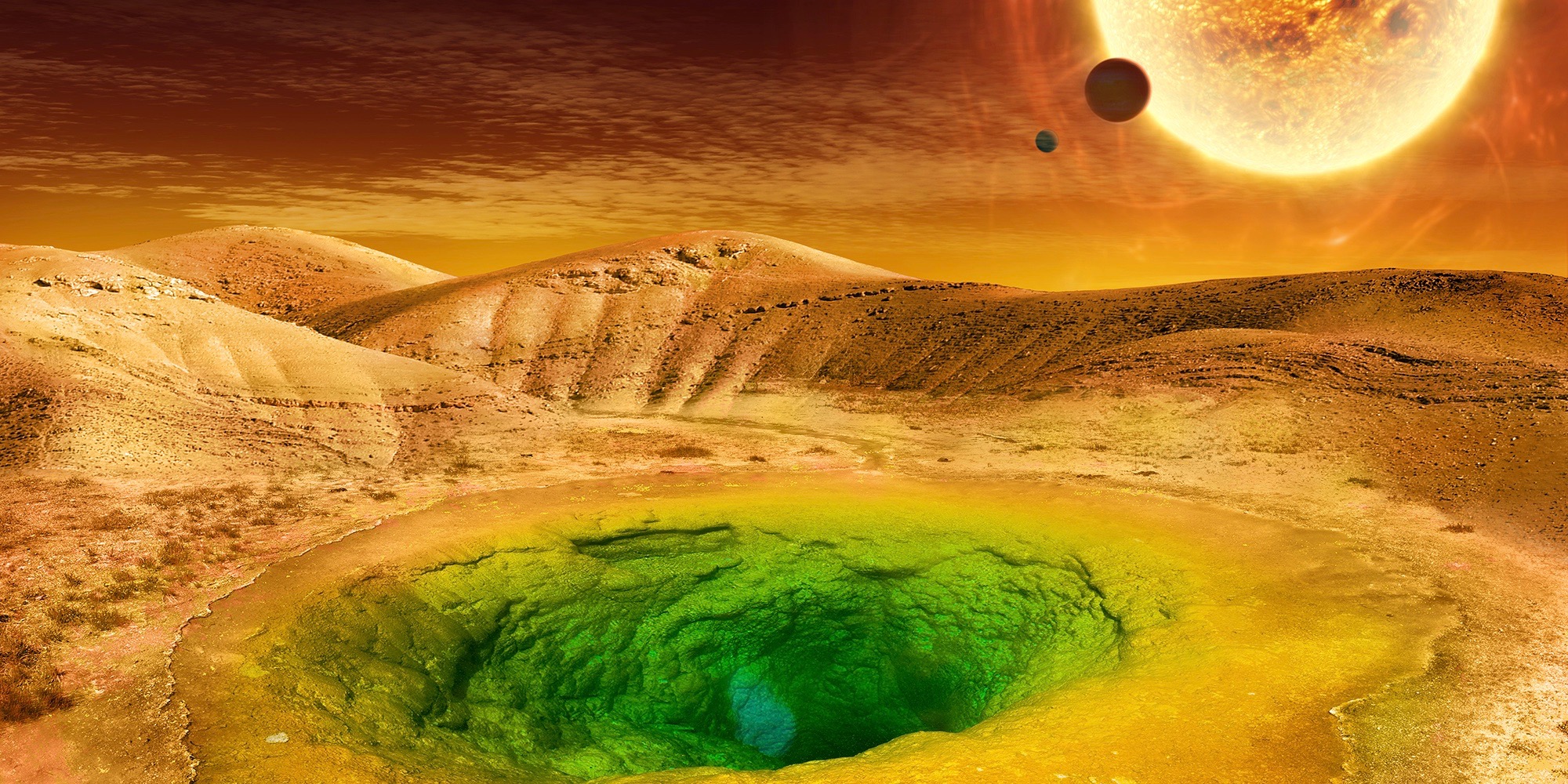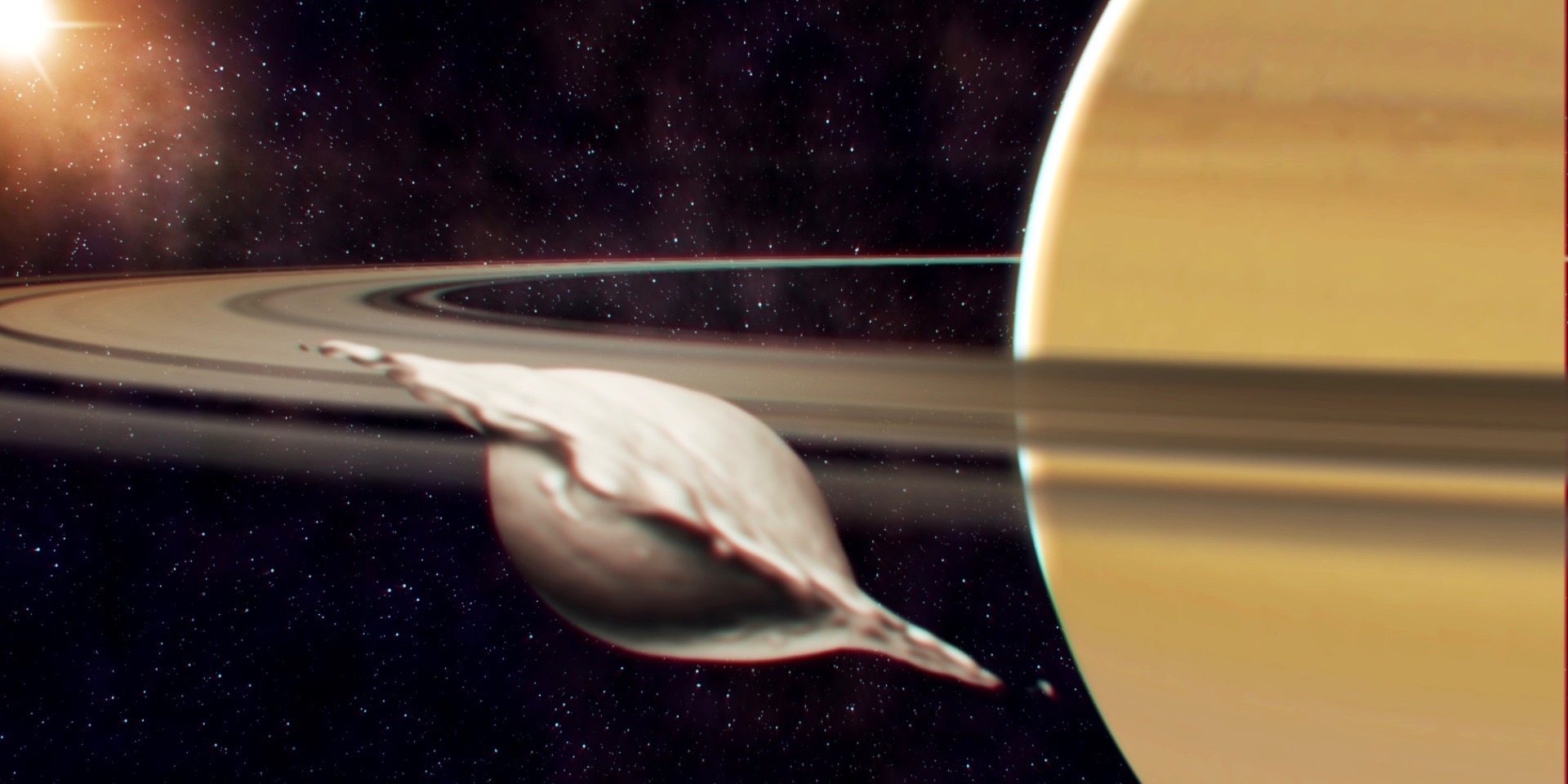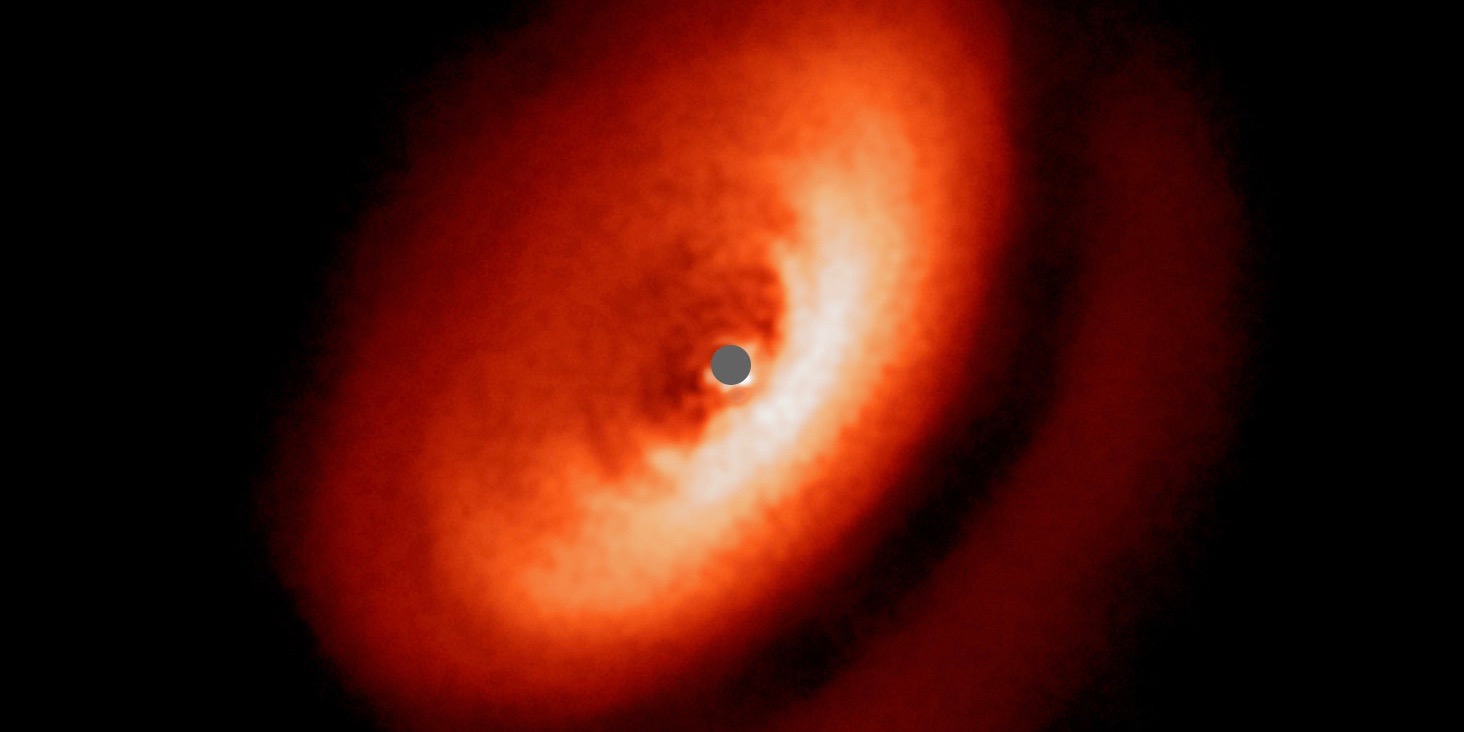Uncategorized
New comet models thanks to “Chury” data
The MiARD project (Multi-instrument Analysis of Rosetta Data) was a 30-month international research project led by the University of Bern to make the best use of the vast amount of data produced by the Rosetta mission. The most important results, models and an artistic project on MiARD have now been presented. The Rosetta spacecraft has […]
Continue Reading“If a theory persists under pressure, then it’s good”
When the NASA science director comes to Bern, a full lecture hall is guaranteed. This was naturally the case on Tuesday, 21 August, when Thomas Zurbuchen gave a lecture entitled “On the Shore of the Cosmic Ocean”. The title of Zurbuchen’s talk was based on this well-known quotation by the astronomer Carl Sagan: “The surface […]
Continue ReadingIron and titanium in the atmosphere
Metal vapours have been detected in the atmosphere of an “ultra-hot Jupiter” by a team of astronomers led by the UNIGE. Exoplanets, planets in other solar systems, can orbit very close to their host star. When, in addition to this, the host star is much hotter than our Sun, then the exoplanet becomes as hot […]
Continue ReadingTom Dooley and the young, active sun
Just about 4.5 billion years ago, our sun went through an active phase during which it shone much more brightly than it does today – a conclusion researchers reached after taking measurements at ETH Zurich using a truly unique instrument. The Institute of Geochemistry and Petrology at ETH Zurich is home to an instrument that […]
Continue ReadingHD 45364
HD 45364 is an extrasolar system located 107 light-years away in the constellation Canis Major (the Greater Dog). The central star is an yellow dwarf (spectral type G8V), a little smaller the Sun (0.88 solar masses, 0.82 solar radii) and of similar temperature (5270 °C, compared to 5500 °C for the Sun). With a visual […]
Continue ReadingHow to find signs of life in space
Astrophysicists of the NCCR PlanetS contributed to a series of NASA papers that lay out strategies to search for signs of life beyond our solar system. They assume that the detection of atmospheric signatures of a few potentially habitable planets may possibly come before 2030. Three years ago, NASA has gathered researchers from around the […]
Continue ReadingWhere Medical Technology and Astrophysics Meet
At the University of Bern, astrophysicists of the Center for Space and Habitability (CSH) teamed up with medical technology researchers to develop a new method to analyse spectra of atmospheres of planets beyond our solar system. The unusual collaboration applied an artificial intelligence tool to study the chemistry of exoplanetary atmospheres. When Kevin Heng, director […]
Continue ReadingReal added value
By Francesco Pepe On May 29th and 30th PlanetS will have its 4th Site Visit. This important event is concurrent with the end of the first phase of the NCCR, and may be an occasion to make a step back, breath and … meditate: Where would Planetary Science in Switzerland stand today without PlanetS? What […]
Continue ReadingCosmic ravioli and spaetzle
The small inner moons of Saturn look like giant ravioli and spaetzle. Their spectacular shape has been revealed by the Cassini spacecraft. For the first time, researchers of the University of Bern (Switzerland) show how these moons were formed. The peculiar shapes are a natural outcome of merging collisions among similar-sized little moons as computer […]
Continue ReadingAn amazingly wide variety of disks
With an instrument at the Very Large Telescope in Chile scientists of ETH Zurich and NCCR PlanetS observed planet-forming disks around young stars similar to the sun 4,5 billion years ago. Surprisingly, the disks are very different. The largest extends almost ten times further into space than the smallest. The data will help to shed […]
Continue Reading
